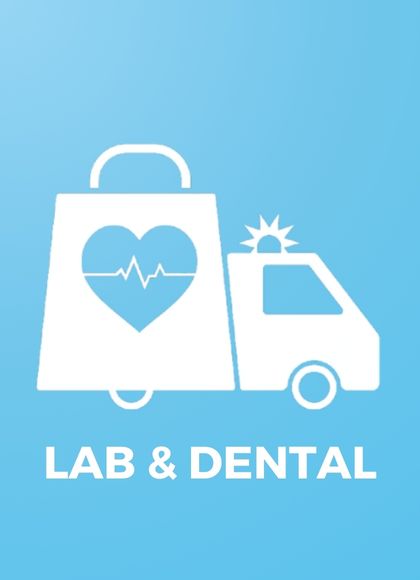Considered as a cardiovascular disease, a heart attack happens when a blood vessel that supplies your heart gets blocked, this causes blood to stop flowing and reduces oxygen to your heart muscle, leading to common symptoms like chest pain. Unlike angina, this discomfort can last longer than 10 minutes.
Your heart relies on consistent blood supply for it to function properly. The longer it goes untreated, the more damage it causes. Without quick treatment to restore blood flow, the damage can be permanent.
Heart attacks can be deadly. On average, 21 Australians die from heart attacks every day. Every nine minutes, a patient is admitted to an Australian hospital with a heart attack, according to the Heart Foundation.
And according to the World Health Organisation (WHO), the majority of CVD deaths are due to heart attacks and strokes, both of which frequently happen prematurely in individuals younger than 70 years old.
Symptoms of a Heart Attack
The signs of a heart attack may include:
- Pain or discomfort in the center of the chest.
- Pain or discomfort in the arms, left shoulder, elbows, jaw, or back.
Additionally, individuals may experience:
- Difficulty breathing or shortness of breath.
- Nausea or vomiting.
- Feeling light-headed or faint.
- Cold sweat.
- Becoming pale.
Women are more likely than men to have symptoms such as shortness of breath, nausea, vomiting, and pain in the back or jaw.
If you ever feel these kinds of symptoms or discomfort that last for more than 10 minutes, call Triple Zero (000) immediatelyto save your life or the life of a loved one.
How to reduce risk of having a heart attack?
Reducing the risk of heart attack involves adapting to a healthy lifestyle and managing your risk factors. Here are ways to do so:
1. Maintain a healthy diet. Eat a balanced diet of fruits, vegetables, lean proteins, whole grains and healthy fats. Veer away from processed foods, saturated fats, and added sugars.
2. Stay active. Make yourself active by engaging in some physical activities for atleast 30 mins a day. May it be walking, dancing, running, or any physical activity that keeps you moving. Staying active will also help maintain a healthy weight which can reduce your risk of a heart attack.
3. Quit smoking. This can be hard for some individuals but quitting smoking can significantly reduce your risk of having a heart attack. If you find it challenging, seek support and resources to quit smoking. See blog: Nicotine Gum: Your Solution to Quit Smoking
4. Limit alcohol intake. Drink in moderation. Too much alcohol consumption can increase blood pressure and contribute to heart disease.
5. Manage stress. Meditate, relax, or engage in hobbies that spark joy.
6. Get enough sleep. We couldn’t stress enough that quality sleep is very important. Poor sleep can contribute to high blood pressure and other heart disease risk factors. Aim for alteast 7-9 hours of sleep a night. If you have a hard time sleeping, read the blog: Can Sleeping Masks Improve Quality of Sleep?
7. Manage conditions such as high blood pressure, high cholesterol, and diabetes with medication, lifestyle changes, and regular check-ups.
8. Know your family history. It is important that you are aware of your family history of diseases. Genetics can play a role not just in your heart health but your overall wellbeing.
9. Visit your doctor regularly. As they say, prevention is better than cure. Do regular check-ups and screenings can help identify and manage risk factors for heart disease before they lead to a heart attack.
10. Stay informed. Educate yourself about heart health and stay updated on the latest research and recommendations.
If you are aged 45 and above (or 30 for Aboriginal and Torres Strait Islander individuals), the best way to assess the risk of experiencing a heart attack is by scheduling a heart health check with your general practitioner (GP).
How can you treat a heart attack?
Heart attack needs an emergency treatment to restore the blood flow to your heart. The sooner you seek medical help, the less damage it will cause to your heart muscle. Treatments may include medications or surgery. Medications will be prescribed by your doctor. Medications may include;
- blood thinners
- antiplatelet medicines
- beta blockers
- blood pressure medications
- chest pain relievers
- statins to lower your cholesterol, and
- clot busting medications
It is very important to never miss or stop taking your medications unless you are told by your doctor or cardiologist to do so.
Surgical procedures for a heart attack may include;
- Coronary angioplasty, percutaneous coronary intervention or stents
- Coronary artery bypass graft surgery (CABG)
Conclusion
About 150 Australians are admitted to the hospital every day because of heart attacks. It is indeed a horrifying experience but with the right care, lifestyle changes, and support from family and friends, many people can live well after a heart attack. Take care of your heart, listen to your doctor, and lean on your loved ones for help along the way.
Related blogs:What are the benefits of heart salt?
Why Making the Switch to Potassium Salt Makes Sense for Your Health?













